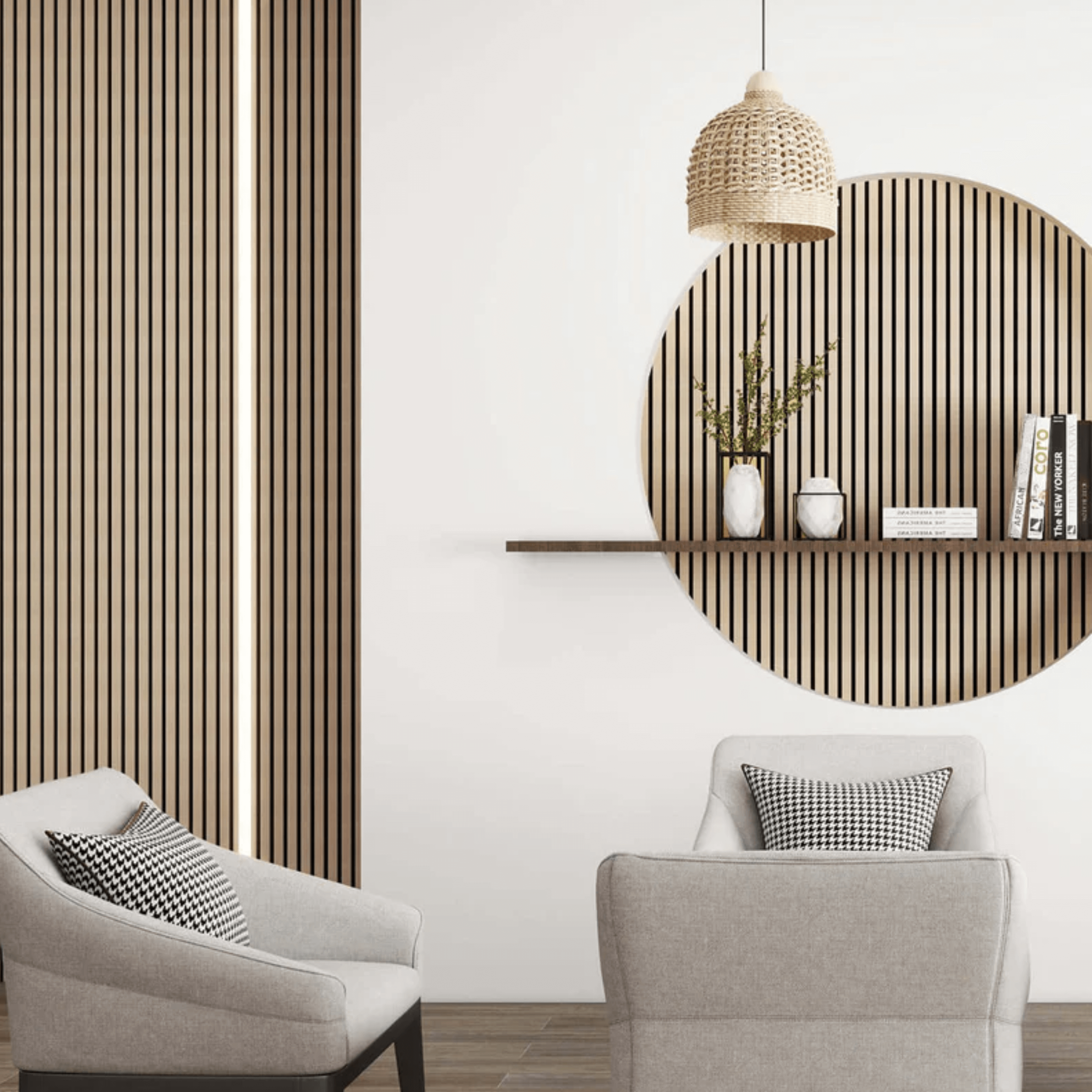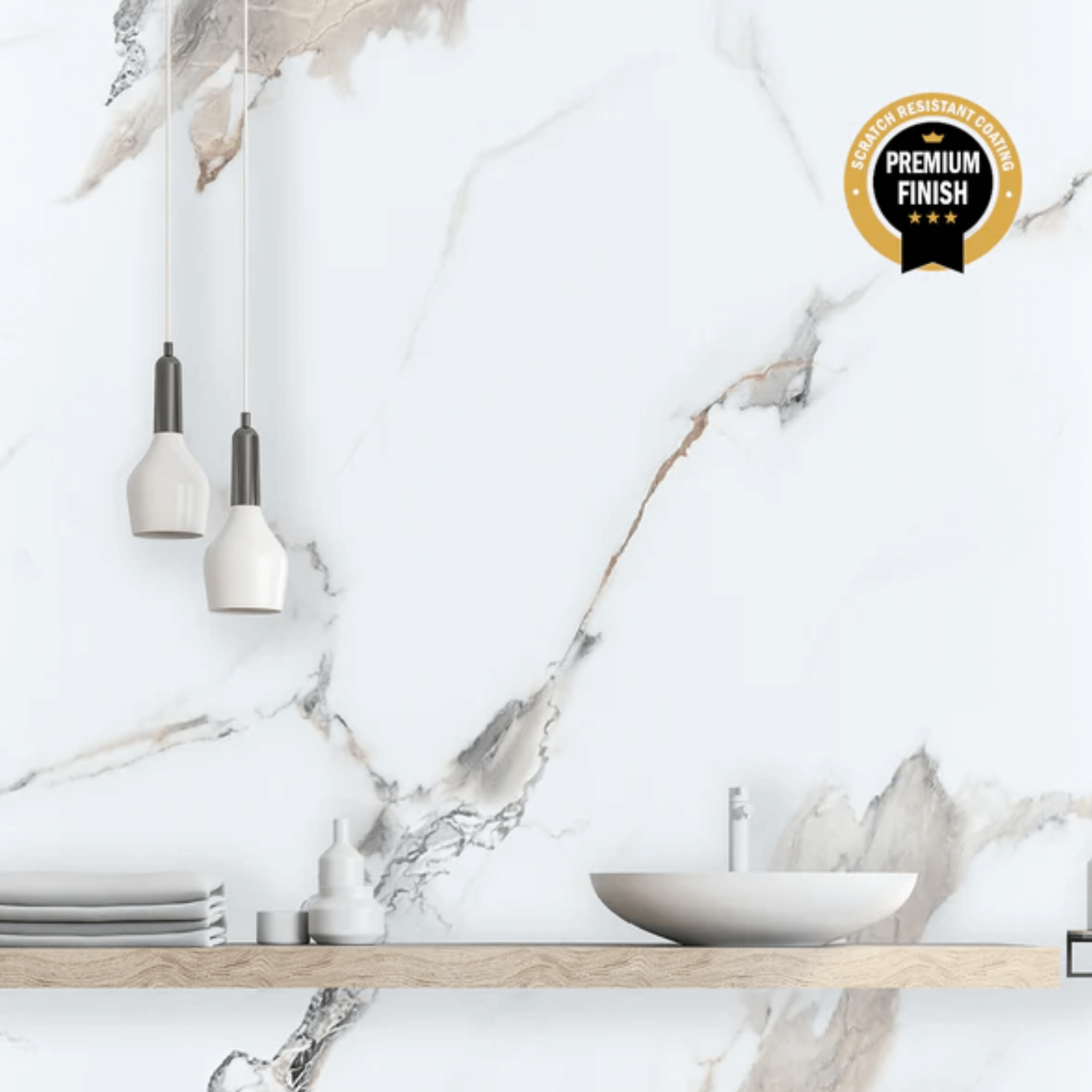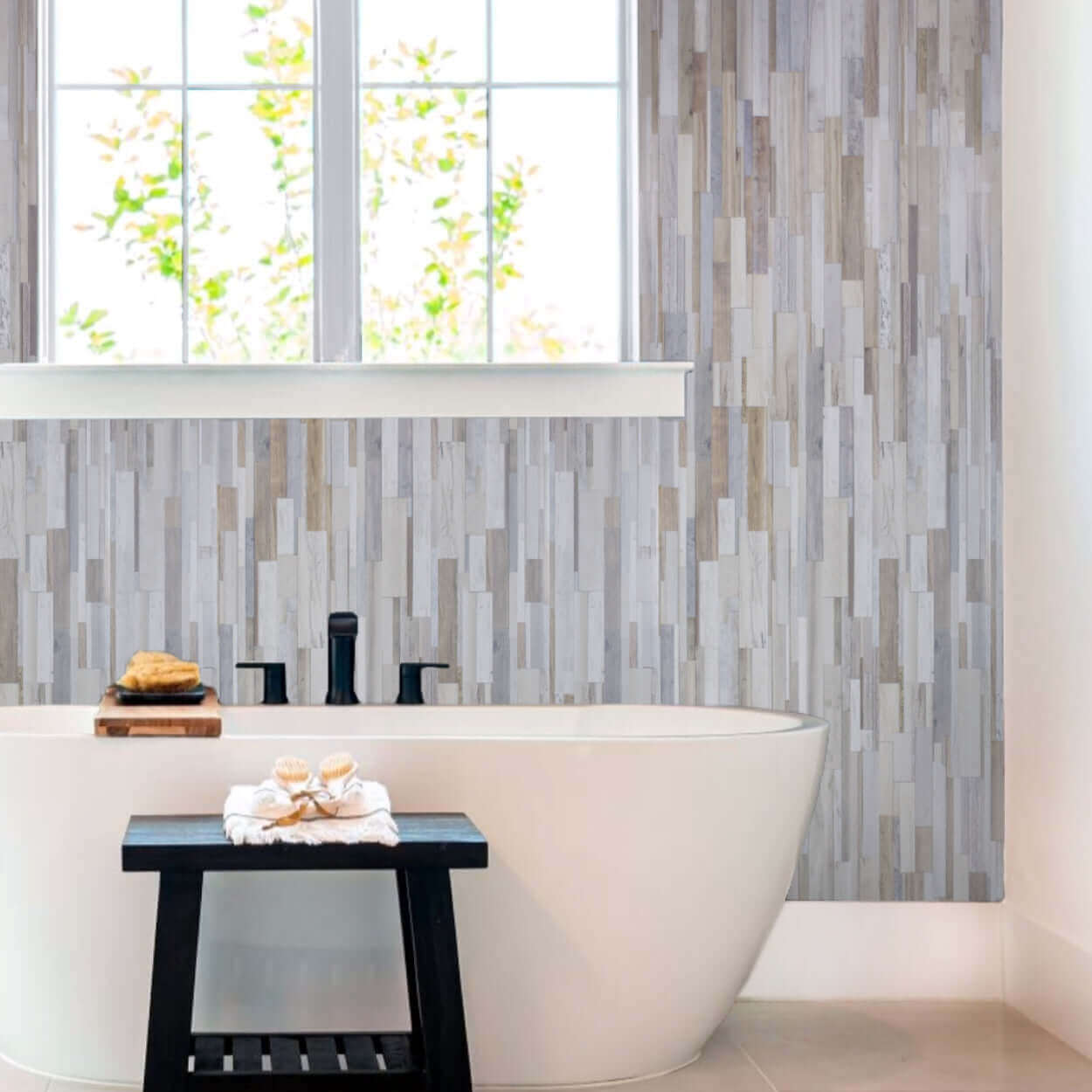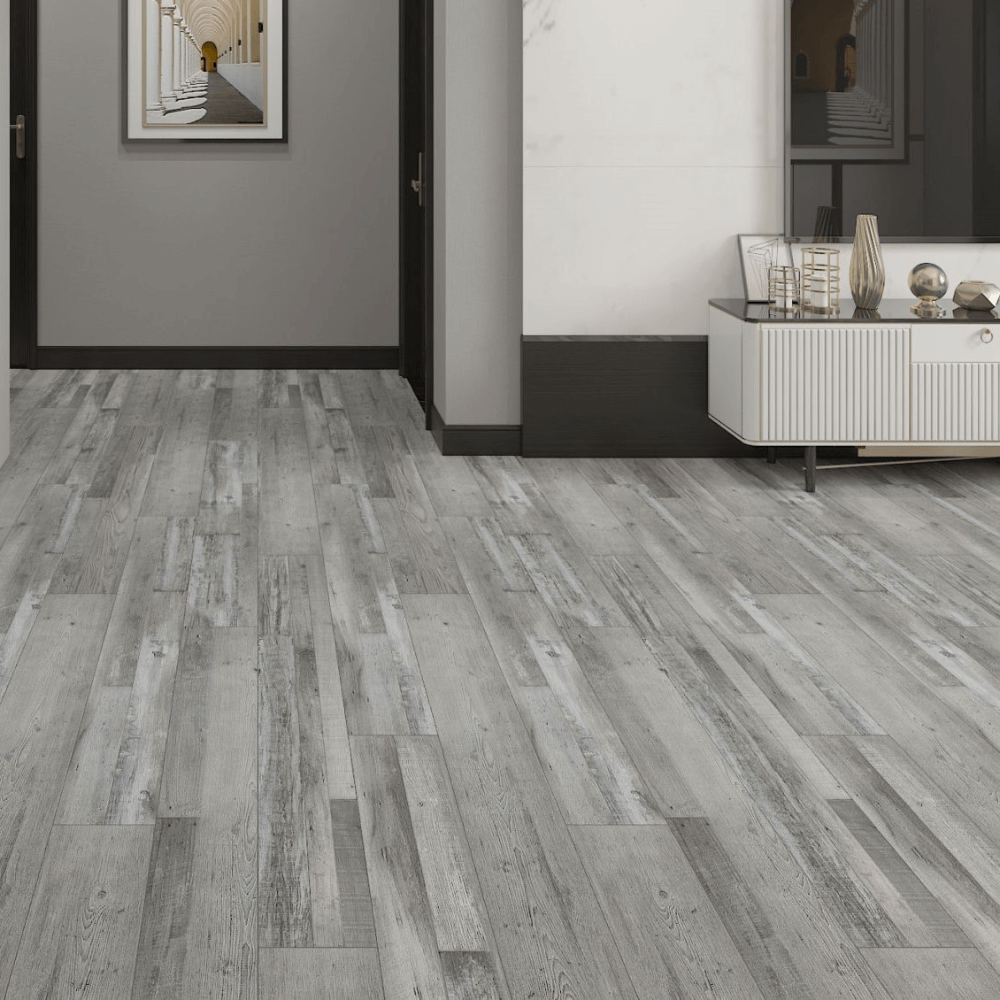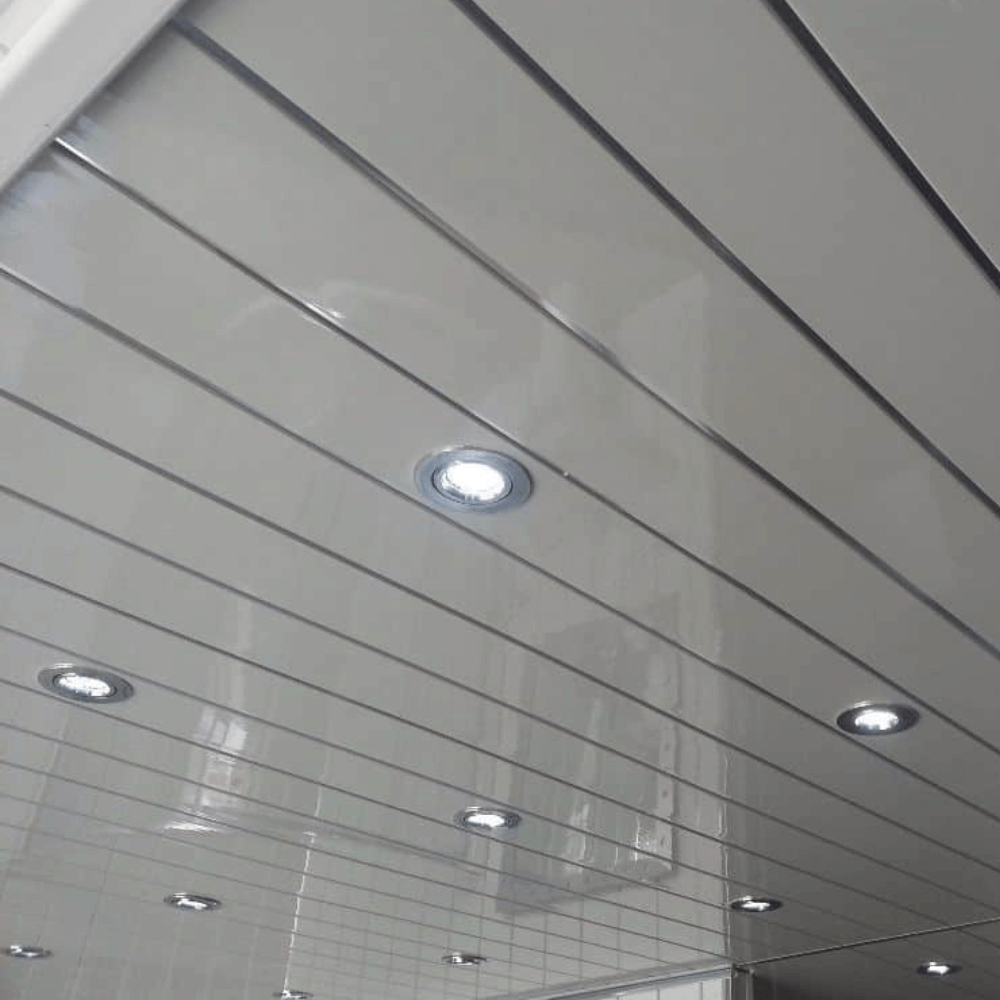When renovating a bathroom, the choice between a wet room and a shower tray is pivotal. Each option has its unique advantages and care requirements, which can influence your decision based on your bathroom's structure and your personal needs. If you're new to bathroom renovations, choosing the best option for your style and functionality needs can be challenging.
If you're unsure which option suits your project or want to understand the differences between the two, keep reading. We’ll cover the pros and cons of each and answer common questions to help you make an informed decision.
What is the Difference Between a Wet Room and a Shower Tray?
Wet rooms and shower trays are renowned for their accessibility-friendly designs, making them excellent choices for individuals with mobility issues. Recently, these designs have become stylish, modern choices that can open up your bathroom and create a luxurious feel. So, what sets them apart?
Wet Room: A wet room is an open-plan shower area without doors, and its drainage is level with the rest of your bathroom floor. Sometimes, it may have a single screen, but generally, it integrates seamlessly with the rest of the bathroom.
Shower Tray: In contrast, a shower tray is part of a separate shower cubicle, featuring its own drainage and a shower screen to section it off from the rest of the room. Due to the small edge you must step over, shower trays may be less accessible than wet rooms for some people.

Which is Cheaper: A Wet Room or a Walk-in Shower?
Cost is a significant factor in deciding between a wet room and a shower tray.
Wet Rooms: Creating a wet room often requires extensive groundwork, including tanking the entire area with a plastic or rubber membrane and proper drainage to prevent leaks and water damage. Professional installation is crucial to ensure safety and security, making wet rooms generally more expensive, with costs ranging from £6,000 to £10,000 for full installation.
Materials, especially if using tiles for all surfaces, can also add to the cost. For a more affordable yet stylish alternative, consider Luxury SPC flooring tiles, which offer a similar tile effect at a fraction of the cost. These waterproof tiles provide an elegant solution for your wet room without breaking the bank.
Shower Trays: While less complex than wet rooms, installing a shower tray still requires proper drainage and water damage prevention. A shower tray is more cost-effective, typically costing between £500 and £1,500. Despite the lower cost, the enhanced mobility and style of a wet room might justify the higher expense for some. Ultimately, the decision depends on your budget and renovation goals.
Which is Best: A Wet Room or a Shower Tray?
Both wet rooms and shower trays offer modern, accessible experiences, but each has its pros and cons. Here’s a breakdown to help you choose the best option for your bathroom renovation.
Pros of a Wet Room
More Accessibility: Wet rooms are highly accessible, making them ideal for individuals with limited mobility.
They provide ample space for families, young children, and those needing support while showering. Customizations like shower seats or wheelchair space are also easier to implement.
Open Layout: Wet rooms create a spacious, open feel, making your bathroom appear larger and less claustrophobic. This design is especially beneficial for small bathrooms.
Easy to Clean: With fewer nooks and crannies, wet rooms are easier to clean with a sponge or mop.
Cons of a Wet Room
More Expensive: The extensive installation process required for proper drainage and water damage prevention makes wet rooms more costly. However, financial support may be available for those needing wet rooms for accessibility reasons.
Slip Hazards: Wet rooms can make your bathroom floor slippery if not properly ventilated and equipped with non-slip flooring. Proper ventilation and flooring choice are crucial to prevent slips.
Pros of a Shower Tray
Affordable: Shower trays are more cost-effective than wet rooms, making them a great choice for those on a tight budget seeking a modern design.
Versatile: Shower trays are ideal for small bathrooms and can fit into corners that might not accommodate a standard shower over a bath. Various size options and the ability to add doors or screens enhance their versatility.
Stylish: Shower trays offer a clean, spa-like feel with glass and chrome finishes. This design can be appealing to home buyers, potentially increasing your home's value.
Cons of a Shower Tray
Less Accessible: Despite being more accessible than traditional showers, shower trays still have a small step and limited space for modifications needed by individuals with limited mobility.
Temperature Control: Glass screens, as opposed to doors, might not retain heat well. If your bathroom is cold or you enjoy hot showers, you might feel exposed to the cold.
Trickier to Clean: While easier to clean than a cubicle, shower trays have more corners and edges to maintain.
Enhance Your Wet Room or Shower Tray with Easy Panels
Whether you've decided on a luxurious wet room or a sleek shower tray, completing your bathroom with high-quality panels can elevate its look and functionality. At Easy Panels, we offer a wide selection of stylish, durable wall panels, including wood effect, marble, and waterproof SPC flooring. Explore our range to find the perfect finishing touch for your bathroom renovation.




